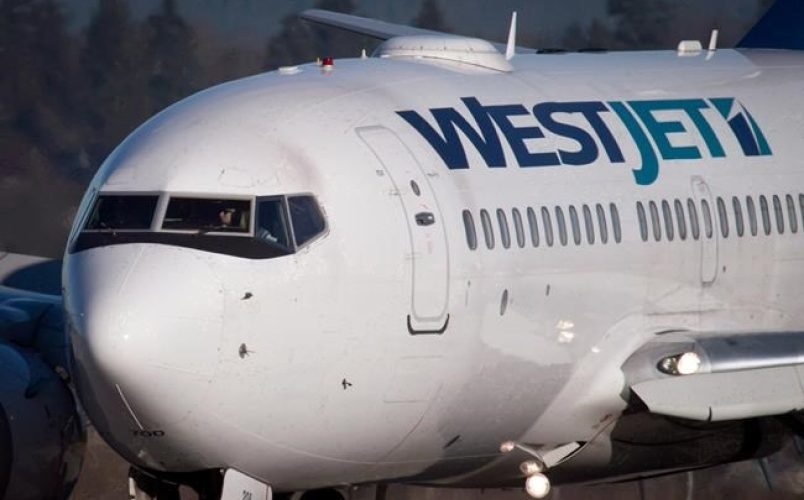Most of us are familiar with Low Cost Carriers (LCC) by now. The names are familiar: WestJet, Rouge, Southwest, Ryanair…
After about 15 years of existence and rapid growth, LCC are now reviewing how to expand their wings again to keep up with the same growth as in the past. While they continue to post profits along with other airline carriers, their costs continue to climb as they expand their markets in order to compete with the more established mainline carriers.
WestJet started out as a LCC to compete primarily with Air Canada (AC), a legacy carrier and others such as Jazz, Air Transat and other Canadian carriers along with other airlines at destinations they fly to.
Today, WestJet is on par with Air Canada and, although some passengers believe they are a LCC, their pricing is similar to other airlines in Canada after we factor in other costs and travel necessary to reach the final destination.
Since the creation of WestJet, new LCC have started operating in Canada. So far, Air Canada created Rouge, and WestJet created Encore. Again, a reduction in fare prices, frequency, cabin comfort, and increased meal and baggage costs came to materialize to justify the lower fares being charged. In reality, passengers are being “stolen” or “poached” from one airline to another, as there are only so many people able to fly in Canada as well as in other countries.
Lower prices have not created a new flying public, it has simply redistributed the current load. Further, about a year ago, a new ULCC was created in Canada called New Leaf. It only flies to 7 destinations and all are secondary airports located a distance away from the Canadian main cities in order to reduce their costs.
Now with the newly-announced creation of an Ultra-Low Cost Carrier (ULCC) by WestJet to compete against New Leaf and other LCC and legacy carriers like Encore, Rouge, Air Canada and WestJet itself, the end result remains to be seen.
Interestingly enough, last week we did an experiment and compared fares on New Leaf, Air Canada and WestJet from Toronto or vicinity to Vancouver or its vicinity, depending on where each airline flies. Travel was from May 14 to May 28 with 1 bag and a carry-on bag to check in and preselected seats. Guess what? The fares were all within $50 to $95 of each other after you factored in taxes, baggage and carry-on fees, but not including additional costs for travel to get to the main airport or area at both ends of the travel. The funny thing was that Air Canada had the second-cheapest fare by $50, WestJet was $95 cheaper when compared to New Leaf who had the lowest, but with only one flight per day and not flying out of or into Toronto and Vancouver. Once you factor the travel costs to get to each city, the price gap decreases quite a bit.
ULCC were created to recapture lost market (passengers) to other LCC and legacy carriers, reduce costs, and put pressure on other airline carriers. Keeping in mind that Canada has a large land mass with a very small passenger population, this becomes problematic for this country and its citizens.
What does this mean for airline and airport workers?
LCC is a process to flatten or reduce future costs for the airlines themselves at the passengers’ expense. It destabilizes the aviation industry and especially its workers. It leaves the impression with passengers that there are lower costs and major savings to be had due to clever advertising and innuendos by using the word “low cost”. But, as can be seen from just one random example, after prices, services and inconvenience are factored in, prices end up being similar. Low-cost doesn’t necessarily mean best value!
So, from a perspective of someone who works in the aviation sector, it’s a whole different situation. As a Union, we try to improve rights, wages, and benefits at work for airline workers. We are also trying to improve Safety and Health conditions and ensure a social dialogue is taking place at work so that we all understand how they undermine what we are trying to achieve.
What is also lost is that the gains unions make or keep are also wins for the non-unionised workers at airports and airport-related jobs.
We still have to deal with Environmental issues, shortage of skills, the ultra-low minimum wages in place in Canada, and concerns surrounding our aviation infrastructure such as the Emerson report, anti-worker government legislation, Flags of Convenience, all resulting from the rapid growth of Globalization.
The IAM’s goal is to create jobs with decent pay and benefits through programs like $15 and Fairness as an example. We are constantly negotiating improvements to workers’ rights and promoting social dialogue to take place as previously mentioned so that together we are stronger in improving our lives.
Ultra-Low Cost Carriers undermine and distracts us from achieving our goals while fooling the public into thinking it’s good for them and Canada.
-30-



